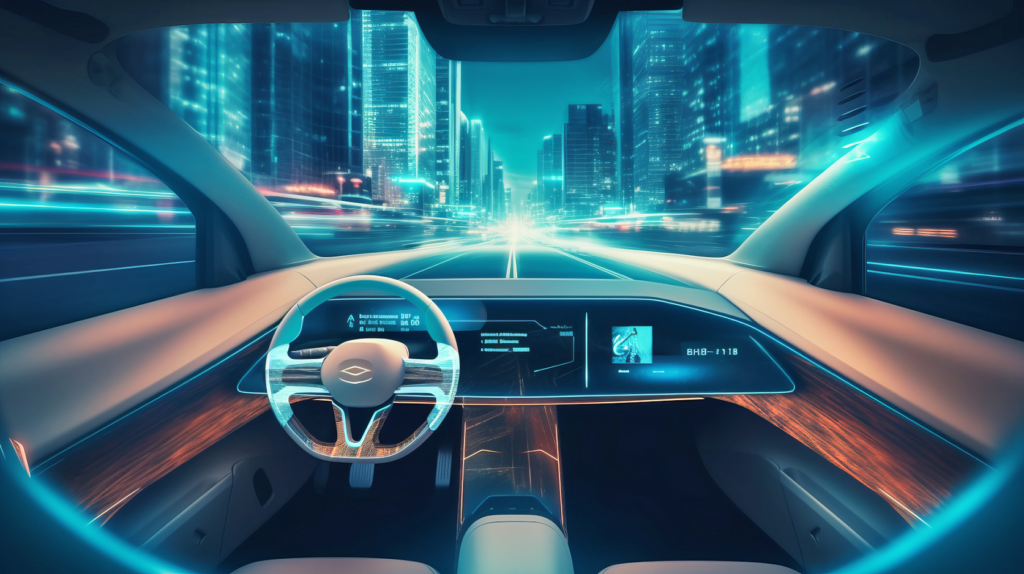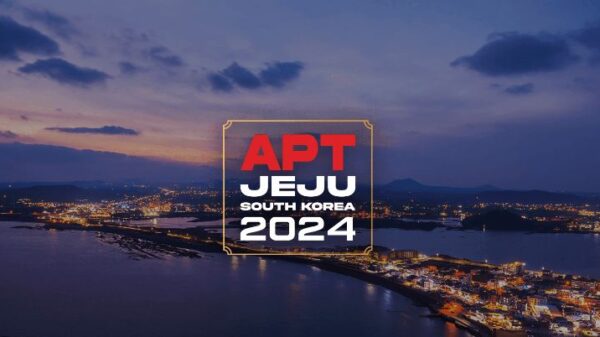Artificial Intelligence has made unprecedented advances over recent years, revolutionizing multiple sectors and fundamentally altering how we live and work. One such breakthrough is ChatGPT from OpenAI, its fame having spread far and wide through popular culture. ChatGPT employs transformers as part of its learning technique in order to generate human-like text from any input it receives.
DriveGPT, developed by Chinese startup Haomo.ai, represents one such technology, having been inspired by the potential applications of similar technologies across various sectors, including autonomous driving. DriveGPT can help bring
ChatGPT-like technologies into various fields, autonomous driving being just one. It is a time when science fiction becomes science fact, as movies like “I, Robot” with its autonomous driving scenes, once painted for us a picture of what the future of transportation could be like.
Drawing inspiration from the popularity of ChatGPT, DriveGPT is the first of its kind in the global autonomous driving sector.
By integrating reinforced learning with human feedback into a generative pre-trained transformer, DriveGPT aims to optimize the real-time decision-making ability of autonomous vehicles on the road. This development is built on the foundation of the GPT model, which is primarily used for natural language processing tasks.

HAOMO.AI’S DriveGPT is at the forefront of autonomous driving development by employing advanced AI.
In essence, the GPT model predicts the next word in a sentence based on a probability distribution, a concept popularized by ChatGPT, a model recognized for generating coherent text sequences.
DriveGPT has been trained using data from over 40 million kilometers of driving. This vast dataset enables vehicles equipped with DriveGPT to operate more safely and smoothly, exhibiting a driving style that mirrors human behavior. Beyond its predictive capabilities, DriveGPT serves as a decision-making tool in the context of autonomous driving. When given a prompt to reach a particular destination, the model generates a range of possible driving styles. These can range from an aggressive approach that includes continuous lane changes to a more measured strategy that involves following other cars. Unless additional prompts are provided, DriveGPT prioritizes driving styles that align with general driving preferences, based on optimal results derived from feedback training.
More than just a mere AI model, it represents a technological breakthrough that shifts the traditional paradigm of automotive intelligence. Each call in this model generates a “Token” based on a sequence of
pre-trained Tokens. These Tokens describe driving scenarios and together form a complete time sequence, encompassing the possible future states of the entire traffic environment and the vehicle itself. Under a unified generative framework, DriveGPT can manage multiple tasks including planning, decision making, and reasoning all at once. This multi-tasking ability marks a significant advancement in the autonomous driving industry, setting it apart from other systems.
Haomo.ai, the brain behind DriveGPT, is no newcomer to the autonomous driving space. Originally an autonomous driving division of Great Wall Motor, Haomo.ai was established as an independent company in 2019. It has since become a strong player in the industry, its lesser capable autonomous driving solutions being utilized in around 20 models. Backed by Great Wall Motors, the startup’s assisted driving technology played a significant role in achieving high scores in European safety tests. According to a 2022 article on businesswire.com, two Great Wall Motor vehicles, the Ora Funky Cat and the Wey Coffee 01, both scored 5-star ratings in the Euro NCAP.

IN a future where there is no need to physically drive, what would transportation look like?
Haomo.ai has also made strides in expanding its market reach. Cars equipped with the company’s HPilot assisted driving system, similar to Honda’s Sensing and Toyota’s Safety Sense systems, have been shipped to regions including the European Union and Israel. Moreover, the Middle East, South Africa and Australia are expected to see the launch of vehicles equipped with the driving assistance system, while the Mexican and Russian versions of HPilot are set to enter mass production soon.
According to a cnevpost.com article from April this year, the first partners to gain access to DriveGPT include renowned institutions such as Beijing Jiaotong University School of Computer and Information Technology, Qualcomm and Huawei Cloud, among others.
The Wey Mocca DHT-PHEV, the first vehicle powered by DriveGPT, is slated for mass production soon. This will mark a significant milestone not just for Haomo.ai but for the entire autonomous driving industry.
According to an April 2023 article on the chinadaily.com website, Haomo.ai’s chairman, Zhang Kai, predicts that 2023 will be a pivotal year for autonomous driving in China. The industry is gaining momentum, and by 2025, he expects 70 percent of new vehicles sold to have pre-installed Level 2 functions. This figure was 29.4 percent in 2022, indicating the rapid growth anticipated in the sector.
The advent of DriveGPT, as well as similar technologies, paints a transformative picture for the future of driving and the automotive industry at large. A key implication of this technology is the potential for a drastically different driving experience. In the future, drivers may not need to manually control their cars, but rather provide prompts or instructions that the autonomous system will follow. This could include instructions on destinations, preferred driving style or specific actions, such as overtaking a slower vehicle or finding a parking space. The technology is also designed to generate a driving style that matches most people’s preferences, potentially leading to a more comfortable and enjoyable ride.

















